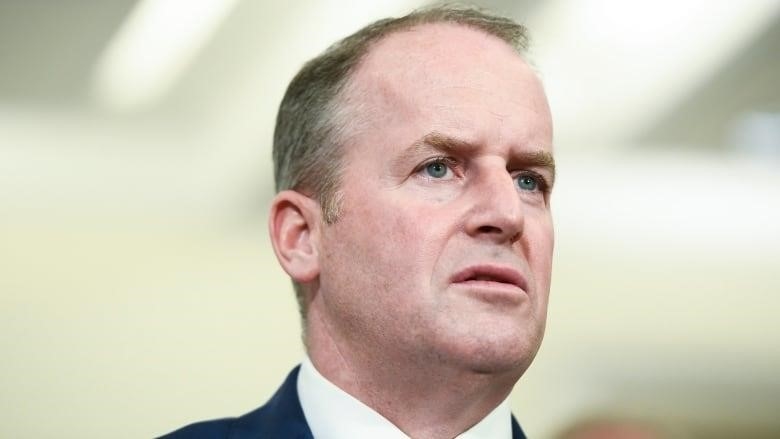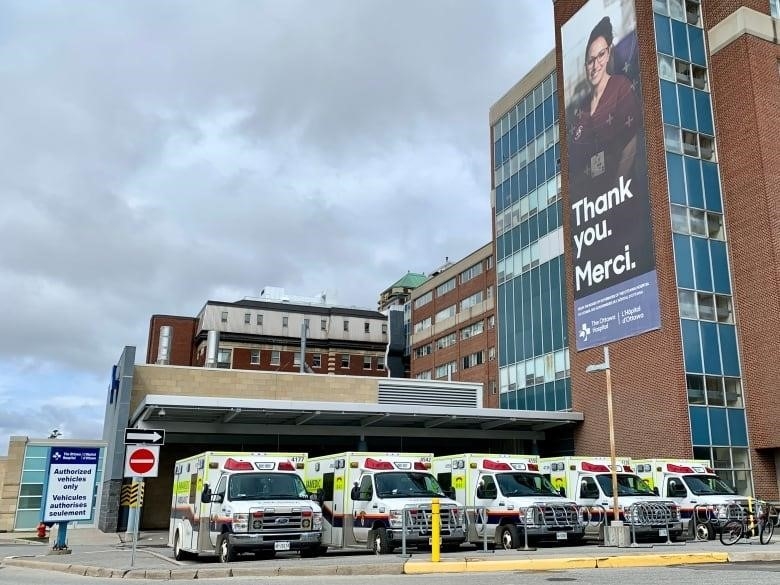
The CEO says that gynecology, urology, and plastic surgery could soon be done elsewhere
The president and CEO of The Ottawa Hospital (TOH) says that a pilot project with a private group of orthopedic surgeons who do joint replacements at the Riverside campus on Saturdays has been so successful that they could soon move to their own separate facility. The same model could soon be used in other areas of medicine, such as gynecology, urology, and plastic surgery.
TOH put out a statement on Wednesday praising its new partnership with Academic Orthopedic Surgical Associates of Ottawa Inc. (AOAO). The group is made up of 26 orthopedic surgeons who work at the hospital. It was formed in December 2021.
- There are a lot of questions about the “partnership” for joint surgery at The Ottawa Hospital.
- “New model of care” is defended by the doctors behind a private surgical group.
According to the statement, AOAO has done 40 knee and hip replacements at the Riverside over the past four Saturdays, when operating rooms are usually empty. TOH said that adding this extra space has led to “a 20% increase in surgical productivity for the hospital.”
Some doctors, unions, and people who care about public health care have criticized the arrangement, but the hospital has made it clear that it’s not going to change its mind.
The hospital said, “This partnership is just the start. We want to make more models of care that make sure all patients get the care they need.”

Ready for ‘2nd phase
In an interview with CBC on Wednesday, TOH president and CEO Cameron Love said the hospital is getting ready to take its partnership with AOAO to the next level. He confirmed that this will probably mean moving to a new outpatient facility somewhere in the city.
“After four weeks of running [the pilot at the Riverside], we’ve been able to confirm that that center is very efficient, both in terms of how it works and how productive it is, as well as in terms of money,” Love said. “We can now start to plan for the next step.”
Unlike the current arrangement with AOAO, which uses the hospital’s existing surgical space at the Riverside, moving these procedures to a separate facility owned or leased by the corporation and run by it would need ministerial approval under the Public Hospitals Act.
It’s all paid for by the public. This place does not have a private system.– Cameron Love, president and chief executive officer of The Ottawa Hospital
Love said that TOH plans to have its submissions to the ministry ready by late spring or early summer. He also said that he expects a wider range of lower-risk procedures to be offered outside the hospital under what he calls a “regionally integrated surgical system,” starting with women’s health.
“As we start to plan the second phase of orthopedics, the next one will be women’s health,” Love said. “We’ll be working with our chief of ob-gyn to start to plan how we’re going to make space for the gynecology service, which is mostly outpatient.”
He also said that urology and plastic surgery could come next, which would give the hospital more space for more complicated in-patient procedures like neurosurgery, cancer surgery, and vascular surgery.
Similar to cataract surgerie
Love compared the hospital’s plan to its deal with Focus Eye Centre, where he said that 2,000 to 3,000 cataract surgeries are now done every year at the Carling Avenue clinic, making room for more complicated eye surgeries.
“This is really about coming up with new ideas and new ways to change the health-care system,” Love said. “If we don’t start to do that with the current system, we’re going to have big problems with access to care if we don’t.”

Last month, the hospital announced to the public that it was working with AOAO. On February 25, the Riverside had its first surgery.
CBC News has tried many times to get in touch with the surgeons listed as leaders of the group, but hasn’t heard back directly. Instead, the hospital has sometimes put out statements on behalf of the group.
Since March 3, CBC News had also tried to talk to Love, but up until Wednesday, they were told he wasn’t available.
Some people who are against the partnership are worried that it will take employees away from the hospital at a time when it needs them the most. However, the hospital said that less than half of the nurses and other staff who work for AOAO on weekends are TOH employees.
When registered nurses, registered practical nurses, and office workers agree to work on Saturdays, AOAO pays them about twice as much as they would for an eight-hour hospital shift. The hospital has promised to keep an eye on staffing levels and “make changes as necessary.”
According to the hospital, the surgeries do not cost any more than they would under the current system: Usually, each knee or hip surgery costs TOH $8,000, but AOAO is doing them for about $6,400. This lets the hospital put the rest of the money back into patient care.
Patients won’t pa
Patients of AOAO are registered with TOH and chosen from a central waiting list. The hospital said that all procedures are billed through OHIP.
“No matter what, the patient never has to pay for anything. It’s all paid for by the public. This place doesn’t have a private system, “Love said. “It is run by the government. The ministry gives us money, and we set up models to build capacity, pay the bills, and keep an eye on everything.”
In February, the province put forward a bill that would let more private clinics offer surgeries like hip and knee replacements that are paid for by the government. The government has promised that OHIP will continue to pay for these procedures.
CBC News has asked Health Minister Sylvia Jones several times to talk about the partnership between TOH and AOAO, but she has always said she can’t.
This month, Ontario NDP Leader Marit Stiles held a news conference outside the Riverside campus. She said that the partnership between TOH and AOAO was part of a plan to turn the province’s public health care system into a “two-tiered, investor-driven private model.”
“This is exactly what we were afraid would happen, and it’s happening right now as we stand here,” warned Stiles.

No need for ‘quasi-hospitals
Some people who care about public health care have asked why the surgeries aren’t done in a more traditional way, since the partnership is currently based on existing medical staff and hospital facilities.
Dr. David Urbach, head of the surgery department at Toronto’s Women’s College Hospital and professor of surgery and health policy, management, and evaluation at the University of Toronto, said that the model being used in Ottawa suggests that they could be.
“I think all of this should show the province that the public hospital system has the capacity to handle this expansion and that they don’t need to create a whole new sector of “quasi-hospitals” that don’t exist yet and about which no one knows much about the quality of care or how they would be supervised,” he said.
“It would be great to know what’s going on in a good way and in detail.”
Love said that TOH will keep using the model to increase capacity and shorten wait times as long as partnerships like the one with AOAO continue to work well.
“Over the next five years, we’ll probably be running on five, six, or seven sites,” he said. “Without that capacity, we won’t be able to deal with wait times, which is the most important reason for doing this.”
